Exploring the World’s Most Iconic Dishes and Food Trends
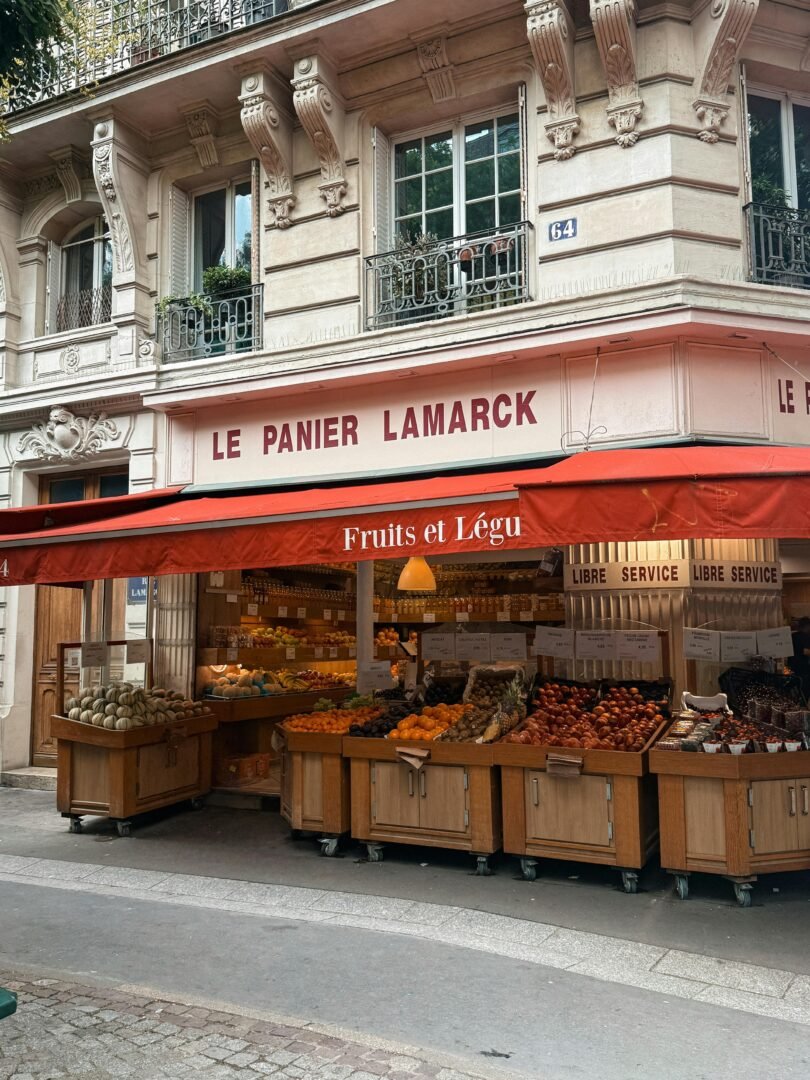
Food transcends borders—uniting us through texture, flavor, and tradition. From fiery Szechuan spice to creamy Italian gelato, iconic dishes tell stories of culture, innovation, and evolution. In this post, we dive into 10 legendary foods and emerging trends shaping global cuisine today.
1. Pizza Napoletana (Italy): The Timeless Classic

The original Neapolitan pizza—thin, pillowy crust, shimmering with olive oil, topped simply with San Marzano tomatoes and fresh buffalo mozzarella—defines food purity. Baked in blistering 900°F wood-fired ovens for just 60–90 seconds, its unique texture (crispy outside, tender inside) remains unmatched. Neapolitan pizza has inspired countless global variations, yet it’s the OG that continues to win hearts.
What to savor: That chewy, lightly charred crust; the tangy sweetness of real tomatoes; the milky richness of mozzarella.
Why it matters: It represents simplicity elevated, heritage protected (with UNESCO-listed pizza-making standards), and a dish that revolutionized fast, artisanal food.
2. Sushi (Japan): Precision in Every Bite
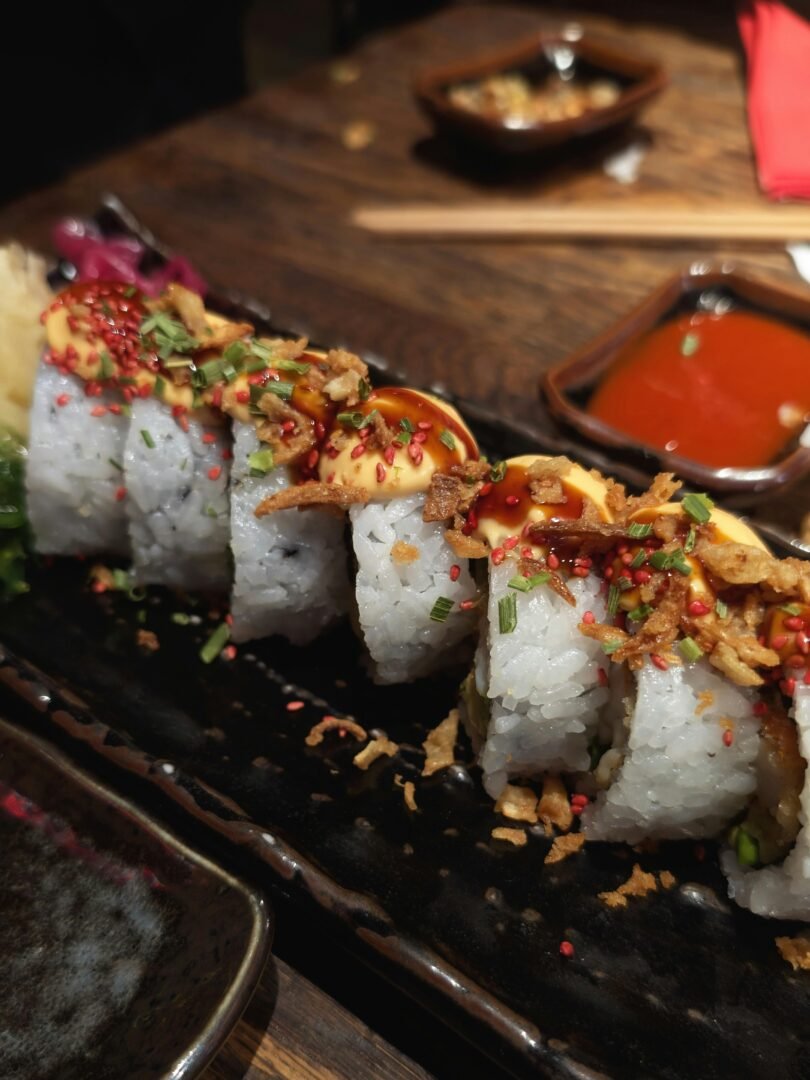
Far beyond fish and rice, sushi is poetry in presentation. Expertly prepared nigiri—hand-pressed vinegared rice topped with glistening cuts of sashimi—embodies elegance, balance, and a philosophy rooted in Kaizen (continuous improvement). Regional styles—Osaka’s pressed Edo-style, Hokkaido’s seafood abundance—reflect Japan’s culinary diversity.
What to savor: The umami-rich hues of tuna belly (otoro), the crisp pop of vinegared rice, the fresh sea breeze in artisanal soy sauce.
Why it matters: Sushi defines mindful eating, celebrates seasonality, and fosters a modern global appreciation for craftsmanship.
3. Tacos al Pastor (Mexico): A Flavor Fiesta
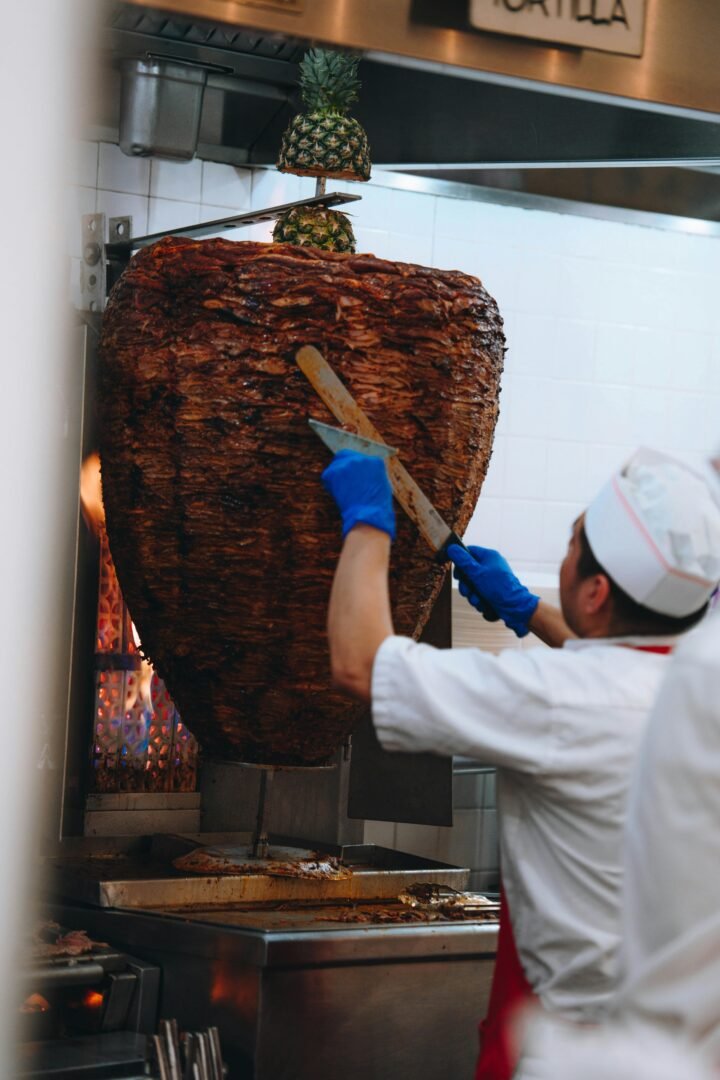
Originating from Lebanese immigrants in Mexico City, tacos al pastor are a vibrant culinary example of fusion genius. Thin pork, marinated with achiote and pineapple, is stacked on a vertical spit (similar to shawarma), roasted until caramelized, then shaved onto warm corn tortillas. Topped with cilantro, onion, and lime juice—it’s a street-food revelation.
What to savor: Juicy, smoky pork; sweet pineapple, tangy onions; bright cilantro in every handheld bite.
Why it matters: It shows how migration and adaptation can remix culinary traditions into a beloved national treasure.
4. Peking Duck (China): Regal Flavor

For centuries, Peking Duck has been synonymous with imperial feasts. What distinguishes it is complex: air-dried skin brushed with honey, maltose, and vinegar to lock in crispiness during roasting. Served in thin pancakes with hoisin, scallions, and cucumber, each bite blends savory, sweet, tangy, and crunchy elements.
What to savor: Crackling skin that shatters at first bite; tender duck laced with aromatic spices; the sweet pull of hoisin sauce.
Why it matters: Preparation is ritualized (air‑hang, wood-fire roast), making it both a sensory and cultural event.
5. Croissant (France): Buttery Flakiness Perfection

The French croissant is more than a pastry—it’s an art form. Laminated dough (folded countless times with butter), then baked to golden, honeyed layers, produces a texture that flutters in your mouth. Croissants defined the modern breakfast and continue to inspire artisanal craftsmanship in bakeries worldwide.
What to savor: The delicate mosaic of layers; pure butter aroma; crispness that slowly fades to soft chew.
Why it matters: It exemplifies how meticulous technique transforms humble ingredients into sublime pleasure.
6. Kimchi (South Korea): Fermented Superfood
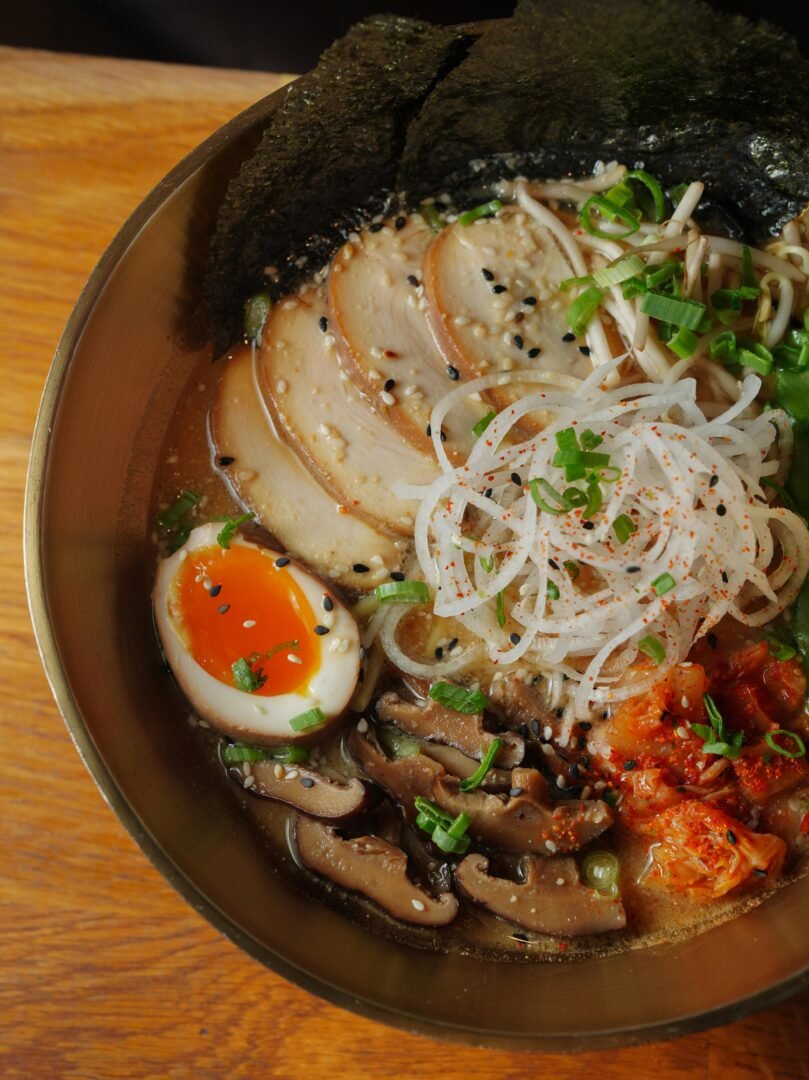
Kimchi—spicy, fermented cabbage with garlic, ginger, and pepper—is the heartbeat of Korean cuisine. From fiery red to mellow stems, families guard their kimchi recipes like heirlooms. It’s a probiotic powerhouse, often enjoyed as a side dish, ingredient, or fusion star in tacos and grilled cheese.
What to savor: Piquant heat, tangy bite, crunch with every chew; aftertaste that lingers with garlic and chili whispers.
Why it matters: It represents sustainable eating (preserved vegetables for winter) and a global trend toward fermented foods.
7. Ramen (Japan): Broth as Soul

Ramen isn’t just noodles—it’s a commitment. Tonkotsu (pork bone), shoyu (soy sauce), miso, shio (salt)—each style starts with hours of bone‑stock brewing, balancing richness and umami. Ramen chefs refine every element—noodle thickness, broth texture, assignare (fat percentage)—for a bowl that feels like home.
What to savor: A steaming swirl of collagen‑rich broth; strands of firm noodles; jagged char siu and vegetal crunch of bamboo shoots.
Why it matters: It bridges comfort food with gastronomic dedication, fueling the global “ramen boom.”
8. Pavlova (Australia / New Zealand): Cloud‑Like Dessert

Named after ballerina Anna Pavlova, this ethereal dessert features crisp meringue, pillowy marshmallow center, whipped cream, and fresh fruit. With a chewy interior and crisp exterior, it’s light yet indulgent—a beautiful finale to any meal.
What to savor: Sweet melting meringue, smooth cream, and the bright burst of kiwi or berries.
Why it matters: It shows how desserts can be simple but expressive—an icon of both countries’ food identity (Australians vs Kiwis still debate its origin!).
9. Ceviche (Peru): Fresh & Tangy
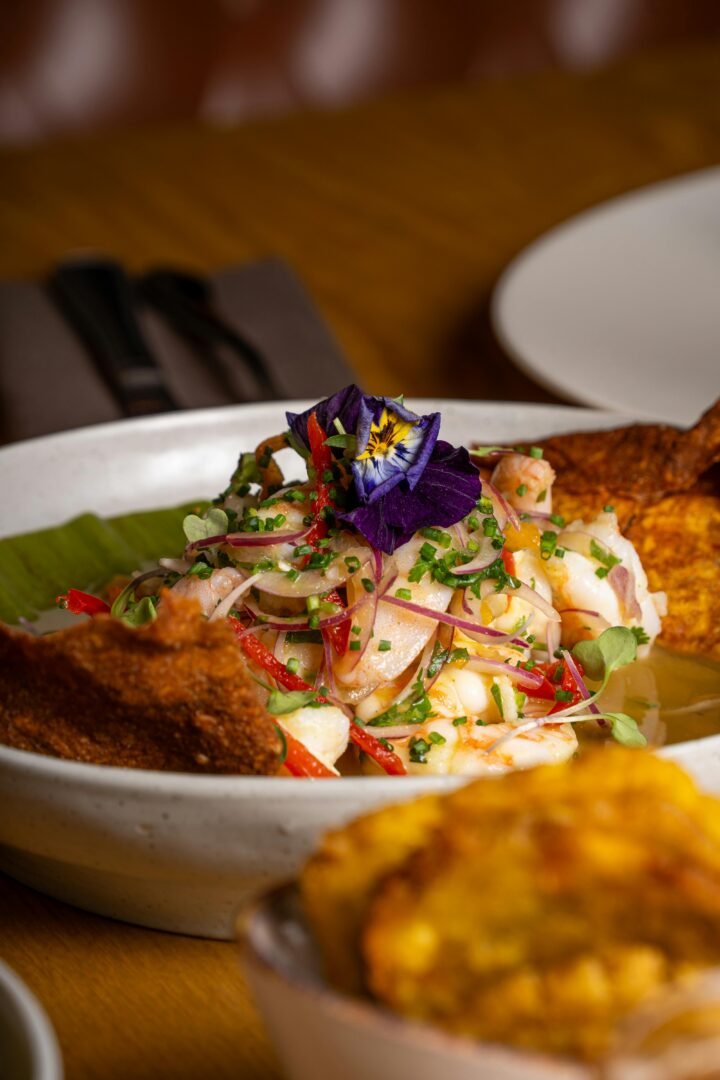
Peruvian ceviche is fish “cooked” in fresh lime juice, tossed with red onion, chili (ají limo), cilantro, and sweet potato. Each region has variations—seafood medleys, leche de tigre broth to sip, corn kernels for texture. It’s perfect for tropical heat: acidic, briny, crisp.
What to savor: Citrusy tang, chill of garlic, gentle crunch of onion, punctuated with pepper heat.
Why it matters: It’s raw, fresh, and vibrant; anchored in history—from Incan marination to Spanish influences.
10. Plant‑Based Innovation: The Vegan Boom

Today’s global culinary frontier: plant-based meats, dairy alternatives, and fermented vegan cheeses. Companies like Beyond Meat and Impossible Foods are crafting realistic textures and flavors. Meanwhile, chefs are turning local produce into faux fish fillets and artisanal nut-based cheeses, creating a new “iconic” wave in conscious dining.
What to savor: Umami-packed plant protein burgers, creamy oat‑milk gelato, smoky jackfruit tacos—but also, sustainability in every bite.
Why it matters: Food trends are evolving fast—and plants are at the forefront. It’s nostalgia meets innovation, meeting climate consciousness.
Why These Dishes and Trends Matter
Each iconic dish or trend tells a story:
-
Cultural identity: Sushi and ceviche root us in Japan and Peru.
-
Technical mastery: Ramen broth and croissant lamination demand expertise.
-
Innovation & fusion: Tacos al pastor and vegan meats show food’s evolving landscape.
-
Health and sustainability: Kimchi and plant-based diets reflect global wellbeing and environmental shifts.
1. Travel & Eat Authentically
There’s no substitute for context. Eating a Margherita pizza in Naples, where it was first created to honor Queen Margherita in 1889, isn’t the same as eating it in a chain restaurant. Likewise, slurping ramen in Tokyo or savoring freshly caught ceviche in Lima immerses you in the flavors, sights, and cultural rhythms that birthed the dish.
Travel tip:
Seek local food tours or cooking classes. In Kyoto, take a ramen masterclass. In Oaxaca, learn traditional taco fillings from local abuelitas. These experiences deepen appreciation and storytelling.2. Seek Out Renowned Restaurants in Your City
You don’t have to fly across the world to taste authenticity. Many major cities now host award-winning chefs and immigrant-run restaurants that preserve traditional methods while innovating with local ingredients.
What to look for:
-
Michelin-rated global cuisine spots
-
Family-run restaurants that stick to the roots
-
Street-food vendors with cult followings
-
Pop-ups or residencies from traveling chefs
Use apps like The Infatuation, Eater, or Google Maps Reviews to find hidden gems nearby.
3. Try Your Hand at Home
Cooking iconic dishes at home isn’t just a fun challenge—it’s a way to honor the dish’s heritage. Plus, it teaches you patience, attention to detail, and new techniques.
Ideas to start with:
-
Peking Duck: Try simplified recipes using air-drying racks, honey-glazing, and slow roasting.
-
Kimchi: Ferment your own napa cabbage with gochugaru and garlic—it only takes a few days to start tasting the magic.
-
Croissants: Master the lamination process with chill times, careful folding, and lots of butter. Even if imperfect, the results are delicious.
Pro tip: Follow authentic YouTube chefs or cultural food blogs to guide you through proper technique and background stories.
4. Follow Global Food Communities
Social media is now the world’s largest food court. From TikTok trends to Instagram reels, you can explore global flavors in bite-sized videos—and discover innovations in real-time.
Top places to explore:
-
Instagram & TikTok hashtags like #GlobalEats, #WorldCuisine, #TraditionalRecipes
-
Reddit threads like r/AskCulinary, r/FoodPorn, r/Cooking
-
YouTube series like “Street Food” (Netflix), “Worth It,” or “Chef’s Table”
These platforms not only showcase recipes and trends, but also highlight local chefs and home cooks keeping traditions alive or flipping them upside down with creativity.
Emerging Trends to Watch
Food evolves. While iconic dishes ground us in tradition, today’s trends reflect how we adapt to modern challenges—climate change, fast-paced lifestyles, and digital culture. Here’s what’s next on the food frontier:
1. Ghost Kitchens Serving Regional Street Foods
Ghost kitchens—delivery-only restaurants with no physical storefront—are booming. They’re bringing niche global street foods to urban centers without the high costs of real estate.
Examples:
-
Korean corn dogs in New York
-
Nigerian suya skewers in London
-
Filipino silog rice bowls in San Francisco
They make exotic flavors more accessible and scalable.
2. Fermented Beverages: The Gut-Health Craze
Beyond kombucha, we’re seeing a rise in traditional drinks like tepache (pineapple rind soda from Mexico), kvass (fermented rye drink from Eastern Europe), and makgeolli (Korean rice wine). These are gut-friendly, lightly fizzy, and bursting with history.
Why it matters:
Fermentation is not just healthy—it’s cultural preservation in a bottle.3. Hyper-Local Sourcing & Foraging
Chefs and home cooks are looking to their backyards (literally) for ingredients. From wild mushrooms to seaweed, urban foraging and seasonal, small-batch ingredients are becoming a culinary statement.
Notable shifts:
-
Restaurants listing not just the farm, but the forager
-
More menus changing weekly or even daily based on what’s available
-
A return to indigenous grains (millet, amaranth, fonio) for nutrition and biodiversity
4. Root-to-Root & Nose-to-Tail (Vegetable Version)
The sustainability movement is encouraging full-use cooking—not wasting any part of an animal or plant.
How this looks:
-
Pickling carrot tops
-
Roasting squash seeds
-
Making vegetable broths from onion skins and herb stems
Even high-end restaurants are showcasing these techniques as a badge of environmental commitment.
Conclusion: Food as a Journey, Not Just a Meal
Iconic dishes serve as cultural landmarks—each one a memory of place, people, and process. Whether it’s the crunch of a perfect croissant in Paris, the tang of kimchi in Seoul, or the thrill of street tacos in Mexico City, food roots us and expands us all at once.
And as trends like plant-based cuisine, fermentation, and hyper-local sourcing continue to rise, the future of food looks as exciting as its past.
So what will you try next? Will it be something ancient and rooted in tradition—or something cutting-edge and visionary?
Share your food bucket list in the comments—or tag us on social @FamousFoodBlog with your culinary adventures!
A Taste of SEO & Engagement Strategy
To optimize this post for organic reach and reader engagement, we’ve:
-
Targeted keyphrases like:
-
world’s most iconic dishes
-
global food trends 2025
-
how to experience international cuisine
-
-
Structured content for readability and search snippets
-
Included calls-to-action for community engagement
-
Aligned with E-E-A-T (Experience, Expertise, Authority, Trust) for food blogging best practices
-
A big shoutout to the talented team at Urban Dive Marketing (UDM)
Looking to build a attractive website or elevate your brand with top-tier digital services? Check out UDM Creative — they deliver expert web design, SEO, influencer marketing, lead generation, e‑commerce solutions, and moreIf you’re ready to grow your online presence, don’t hesitate—contact UDM Creative today!
Want to get more information and then checkout these links.
Read Also:
-












